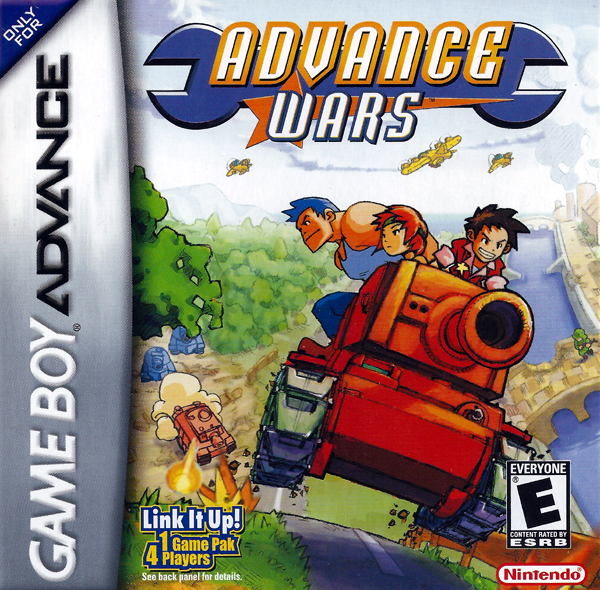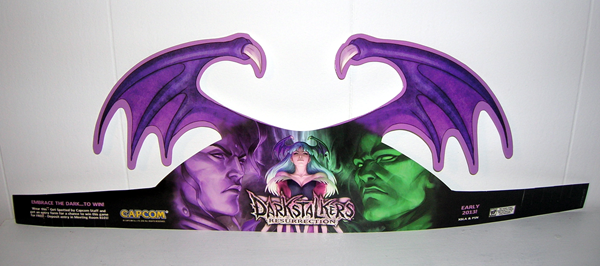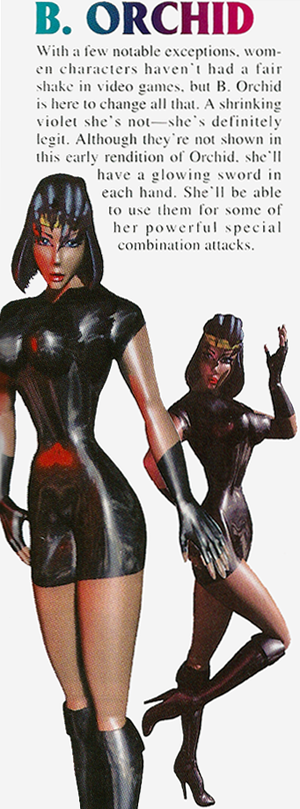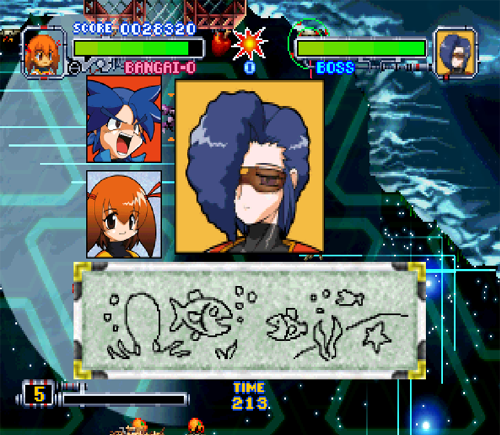
The Escherian topography of the cover hints at the truth: Tricky Kick is a puzzle game. Its characters advance through stages by booting an enemy, usually a harmless one, around the screen until it collides with an identical foe and vanishes. That’s about it. A few creative obstacles and enemy-launching gadgets pop up, but the game remains too limited, both in what you see and what you can do. It never gets even half as interesting as The Adventures of Lolo or Kickle Cubicle, but TurboGrafx-16 owners didn’t have much in that category. If they wanted to shove things around a screen with little threat involved, Tricky Kick had them captive.

The best parts of Tricky Kick have nothing to do with the gameplay. Each character gets a cute, short introduction and a unique setting: elven hero Oberon takes on an evil sorceress, schoolgirl Mayumi finds her way to her classmate Biff’s party (yes, Biff), a kid named Taro undergoes some haunted-house hazing, the feudal Japanese prince Suzuki schemes his way to rule the nation, and an Ultraman knock-off called Udon punts giant monsters around city streets. Oh, and a caveman known as Gonzo heads out to slay a big meaty mammoth.

Gonzo’s intro is my favorite piece of the game by far, due to its delightful vision of Paleolithic life. The matriarch of the family, in the absence of modern diapers, has swaddled her youngest child in her mass of untamed cavewoman hair. Gonzo’s eldest son takes after him, one of his daughters takes after her mom, and the remaining kids look like troglodyte versions of Charlie Brown…or Bonk, the bald cave-boy who became the TurboGrafx’s only respected mascot. In fact, we might be seeing Bonk’s origin right here! And maybe the purple-haired girl grew up to become Flare from The Legendary Axe or the mysterious assassin from The Legendary Axe II! It’s another point for the Grand Unified Theory of TurboGrafx games!
Most of all, I like Gonzo’s expression. You can see a determined grimace there in his beard, but a quicker glance makes it look like he has the smiling, noseless, innocent face of a Lego figure. I like that duality, even though Gonzo’s obviously not supposed to look upbeat. He knows that he faces a harsh task and perhaps a harsher return home. Should he survive his foray, he could come back to find that one of his children was snatched up by a Haast’s eagle, that his family was devoured by a sabertoothed tiger, or that his entire tribe was wiped out by an avalanche or some neighboring clan that just invented spears and genocide. But he can’t let anyone know that.





















